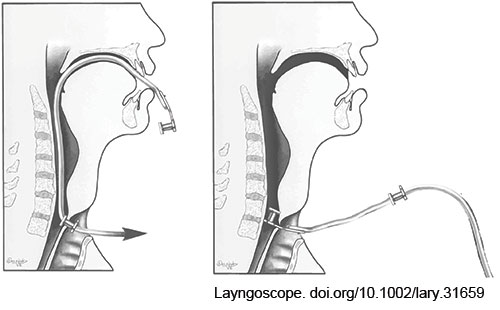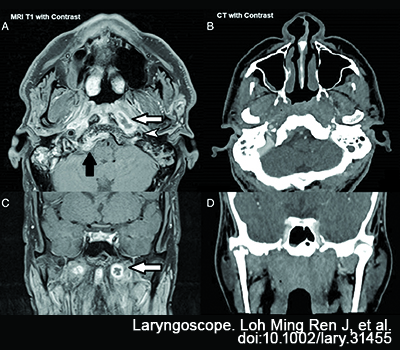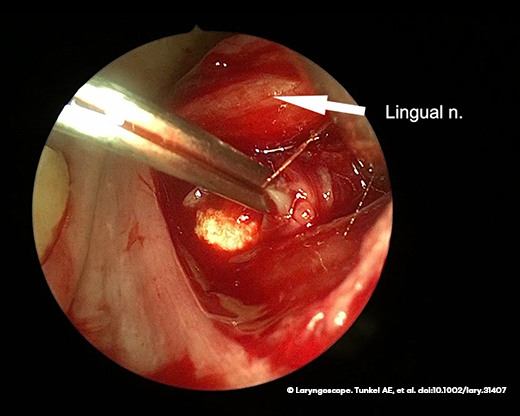This article describes an updated and straightforward technique for in-office retrograde placement of the voice prosthesis in patients with challenging TEP tracts.


This article describes an updated and straightforward technique for in-office retrograde placement of the voice prosthesis in patients with challenging TEP tracts.
Antithrombotic management is a key component of surgical optimization, as it necessitates balancing the risk of a peri-operative thrombotic event with the risk of bleeding.

A safe technique for transnasal endoscopic drainage of upper parapharyngeal abscesses.

The use of p16 as a surrogate marker for HPV has gained traction, but is it sufficient as a surrogate for HPV-related squamous cell carcinoma?

The American Academy of Otolaryngology–Head and Neck Surgery Foundation has published a new guideline for age-related hearing loss
Salvage Endoscopic Nasopharyngectomy exhibits comparable efficacy but less toxicity than IMRT in carefully screened patients with locally advanced rNPC.
Study suggests that the endoscopic approach to cerebrospinal fluid (CSF) leak repair is well tolerated in the frail population.

There have been increasing efforts across otolaryngology to perform in-office procedures with local anesthesia. Benefits include reducing the time and economic costs imposed on patients, as well as avoiding the inherent risks of general anesthesia

Most current literature suggests that cefazolin is safe for surgical prophylaxis in patients with penicillin allergy.
Although telehealth survivorship programs are feasible and cost-effective and associated with improved patient outcomes, they might not be ideal for every patient.